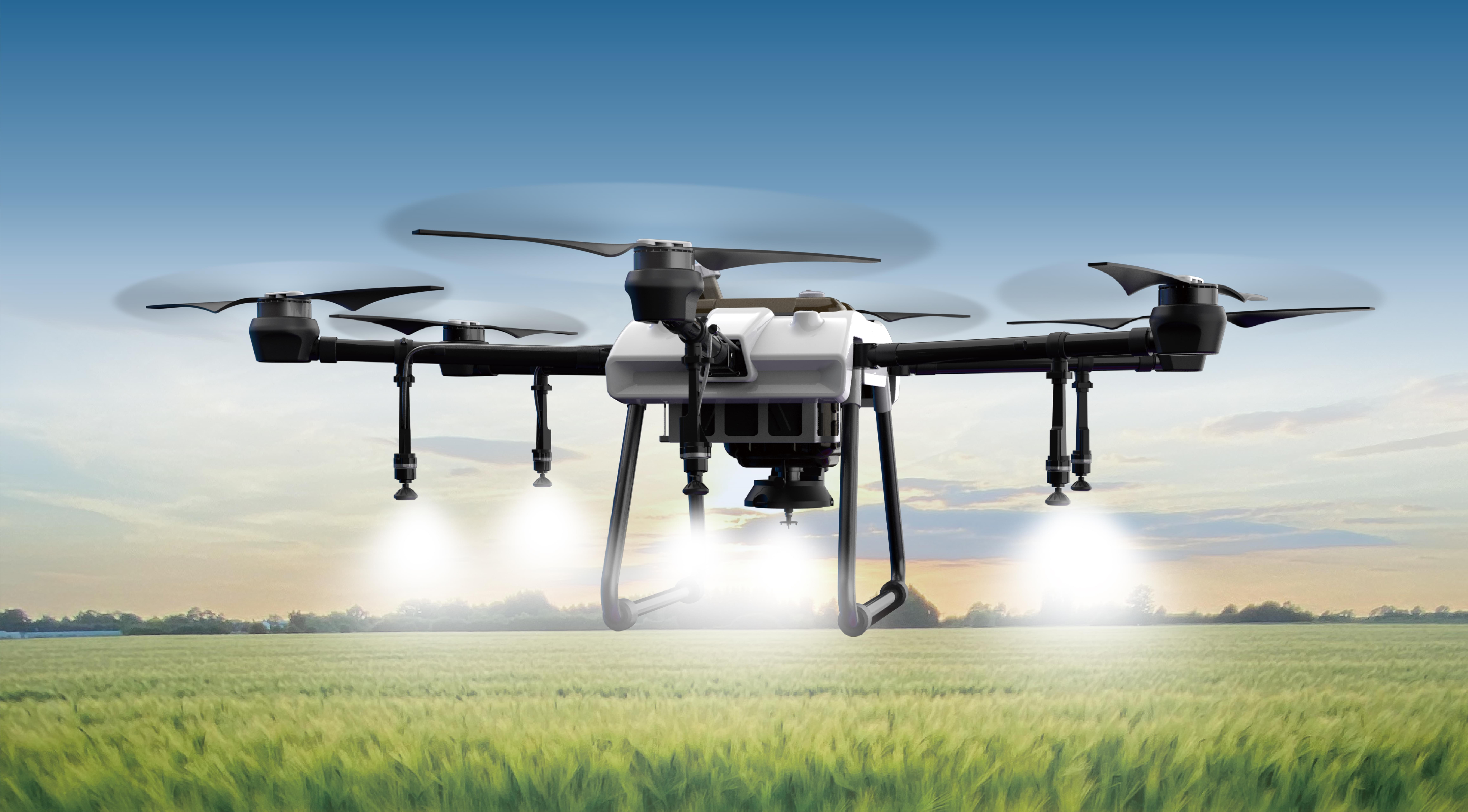Unleashing Power and Precision: The Ultimate Guide to 12V DC Gear Motors
In the evolving landscape of modern engineering and technological innovation, the humble motor stands as a fundamental building block. Among the various types available, the 12V DC gear motor shines brightly due to its perfect blend of efficiency, compactness, and versatility. Whether you're an engineer designing a robotic arm, a hobbyist building a remote-controlled vehicle, or a manufacturer automating a production line, understanding the ins and outs of the 12V DC gear motor is vital.

The Basics of DC Gear Motors
At its core, a DC gear motor combines a direct current (DC) electric motor with a gear reduction system. The motor provides the rotational force (torque) and motion, while the gears reduce the rotational speed, simultaneously increasing torque. This synergy allows for precise control and formidable power in a compact form factor.
The 12V designation refers to the rated voltage that the motor operates on—making it compatible with standard automobile electrical systems, battery packs, and power supplies. This voltage compatibility makes the 12V DC gear motor ideal for portable and embedded applications.
Why Choose a 12V DC Gear Motor?
There are numerous compelling reasons to opt for a 12V DC gear motor:
Efficiency and Power Density: The motor’s design enables efficient power conversion, providing substantial torque without excessive energy drain. Ease of Integration: Due to its standard voltage, the motor integrates effortlessly with various power sources, including batteries and power supplies. Precision Control: The gear system allows for nuanced control over movement, making it perfect for applications requiring accuracy. Size and Flexibility: These motors tend to be small, lightweight, and versatile, fitting into a myriad of devices and systems. Cost-Effectiveness: The widespread use and mature manufacturing of 12V motors make them economical options for both large-scale and hobbyist projects.
Understanding the Core Components
A typical 12V DC gear motor consists of several key parts:
Armature (Rotor): The rotating part that turns when electricity passes through. Stator: The stationary part that produces a magnetic field to drive the rotor. Gearbox: Usually composed of planetary, spur, or worm gears, reducing rotational speed and amplifying torque. Shaft: The output component that transmits mechanical power to the load. Encoders (optional): Devices that provide feedback about position or speed, often used in automation and robotics.
Types of Gearboxes Used
The gearbox choice impacts the motor’s characteristics significantly. Major types include:
Spur Gear Reducers: Simple, efficient, and cost-effective. Ideal for moderate torque applications. Planetary Gearboxes: Compact, high torque density, and high efficiency. Suitable for demanding applications. Worm Gearboxes: Offer high gear ratios and self-locking features, perfect for hold-position applications.
Advantages in Various Applications
The 12V DC gear motor’s adaptability makes it a favorite across many sectors:
Robotics: Precise movement in robotic arms, mobile robots, drones, and automated guided vehicles. Automotive: Power windows, seat adjustments, and windshield wipers rely on these motors. Home Appliances: Automated curtains, door openers, and small appliances. Industrial Automation: Conveyor belts, packaging machines, and CNC machinery. Hobbies and DIY Projects: Remote-controlled cars, boats, and custom automation systems.
Selecting the Right 12V DC Gear Motor
Choosing the optimal motor involves balancing various factors:
Torque Requirement: Determine the load torque to select a motor with adequate strength. Speed Range: Know the desired rotational speed for your application. Power Consumption: Assess the efficiency for battery-powered or energy-sensitive projects. Size Constraints: Ensure the motor fits within your design boundaries. Gear Ratio: Decide based on whether you need higher torque or higher speed. Durability and Environment: Consider operating conditions like temperature, moisture, and exposure to dust or chemicals.
Common Challenges and How to Overcome Them
While versatile, 12V DC gear motors do have limitations:
Heat Dissipation: High load can cause overheating. Use heat sinks or cooling fans if necessary. Backlash and Slippage: Gear design impacts precision. Opt for precision gearings for critical applications. Power Supply Stability: Fluctuations can affect operation; ensure a stable power source. Voltage Compatibility: Always match the motor’s rated voltage to your power supply to avoid damage.
Future Trends & Innovations
The landscape of 12V DC gear motors continues to evolve. Recent innovations include:
Brushless Designs: Offering longer lifespan and higher efficiency. Integrated Sensors: Providing real-time feedback for sophisticated control. Smart Motor Controllers: Enabling advanced features like variable speed control, regenerative braking, and wireless operation. Eco-friendly Materials: Reducing environmental impact and improving sustainability.
In summary, the 12V DC gear motor is more than just a component; it’s the heartbeat behind countless modern machines and devices. Its ability to deliver controlled, reliable power in a compact size makes it indispensable, and as technology advances, its potential only grows.
Leveraging innovations in modular drive technology, Kpower integrates high-performance motors, precision reducers, and multi-protocol control systems to provide efficient and customized smart drive system solutions.




































